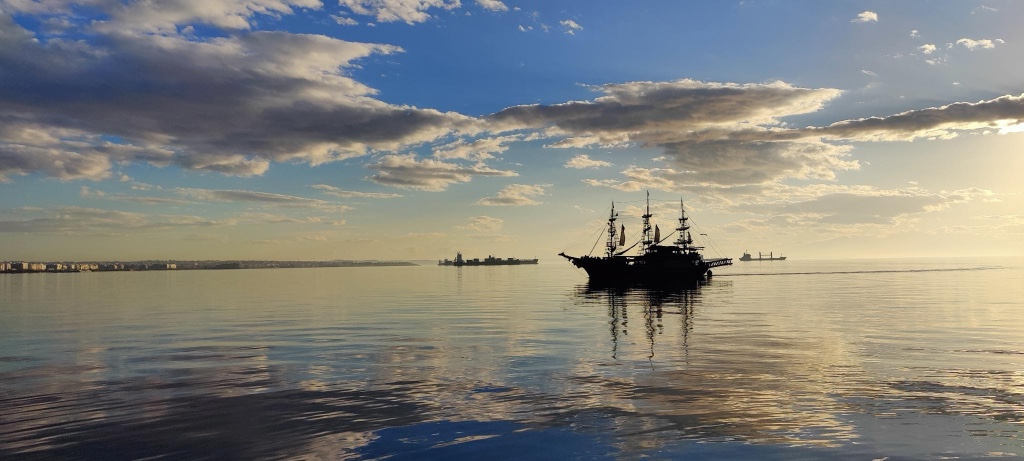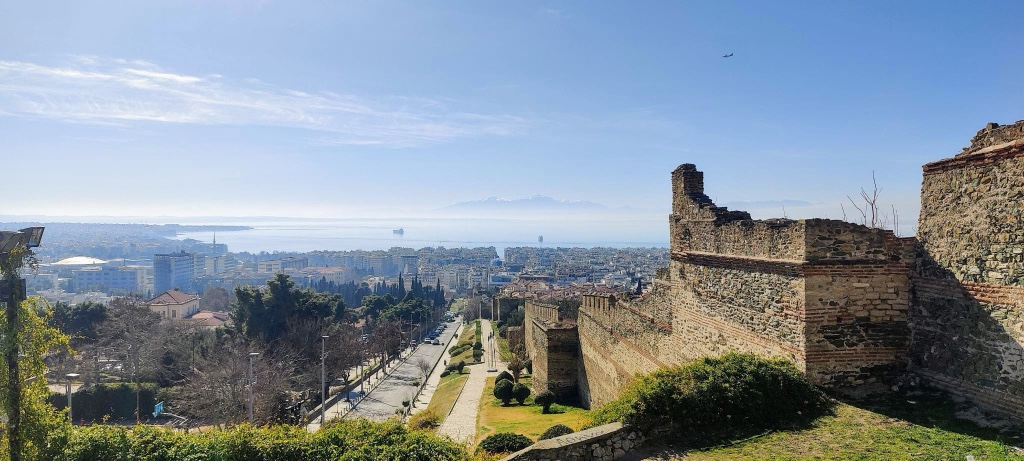
There are a few options available traveling from Athens to Thessaloniki, the fastest being a 55 minute nonstop flight. When taking into consideration the taxi or metro trip to the airport and having to arrive early in time to go through security, it is debatable if that is the best way to travel. Driving would be the most arduous choice at 6 hours, especially if you are not used to driving in Greece. We travelled by train, which leaves Athens Station a few times a day and takes approximately 5 hours. The ride is comfortable and beautiful, well worth the 40€ ticket. There is a dining car where you can grab a sandwich or croissant, along with coffee, beer and wine. Several times throughout the trip a snack concierge wheels her cart down the isles with various refreshments. Thessaloniki is the train hub in Greece, you can get most anywhere through this city.
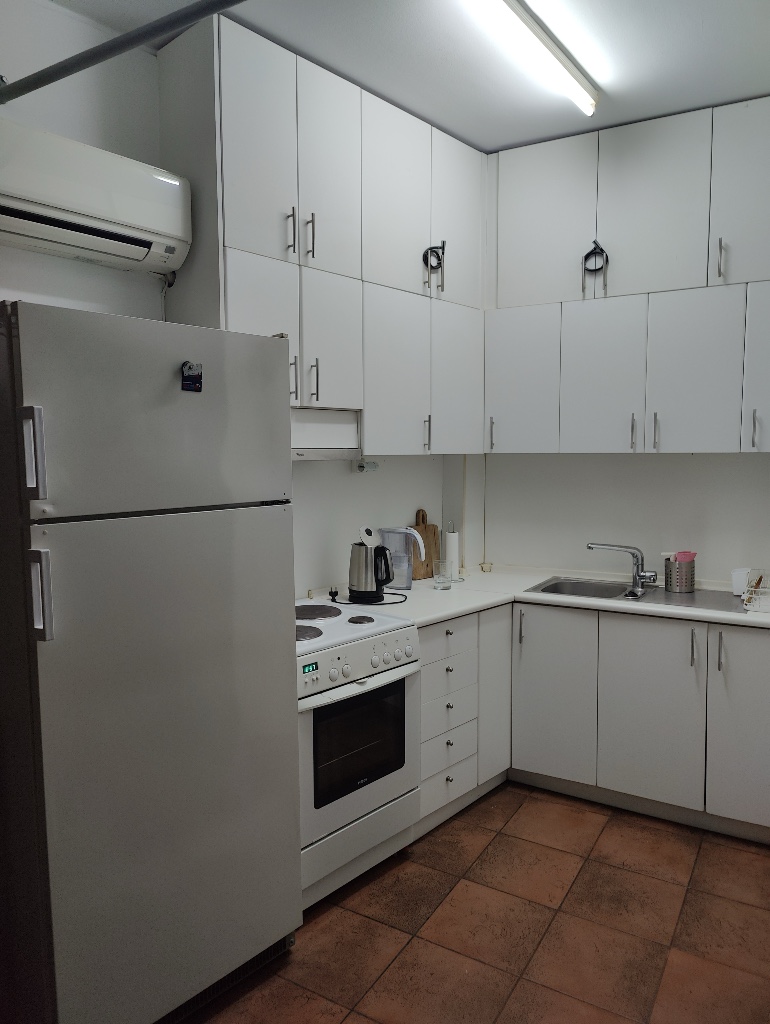
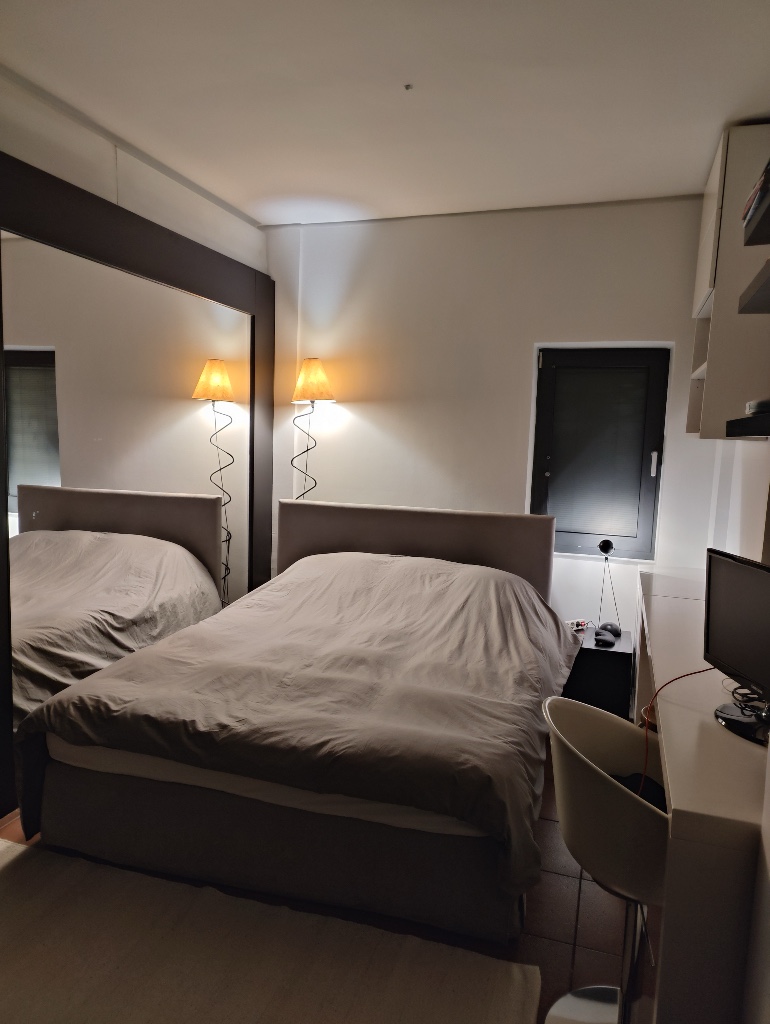
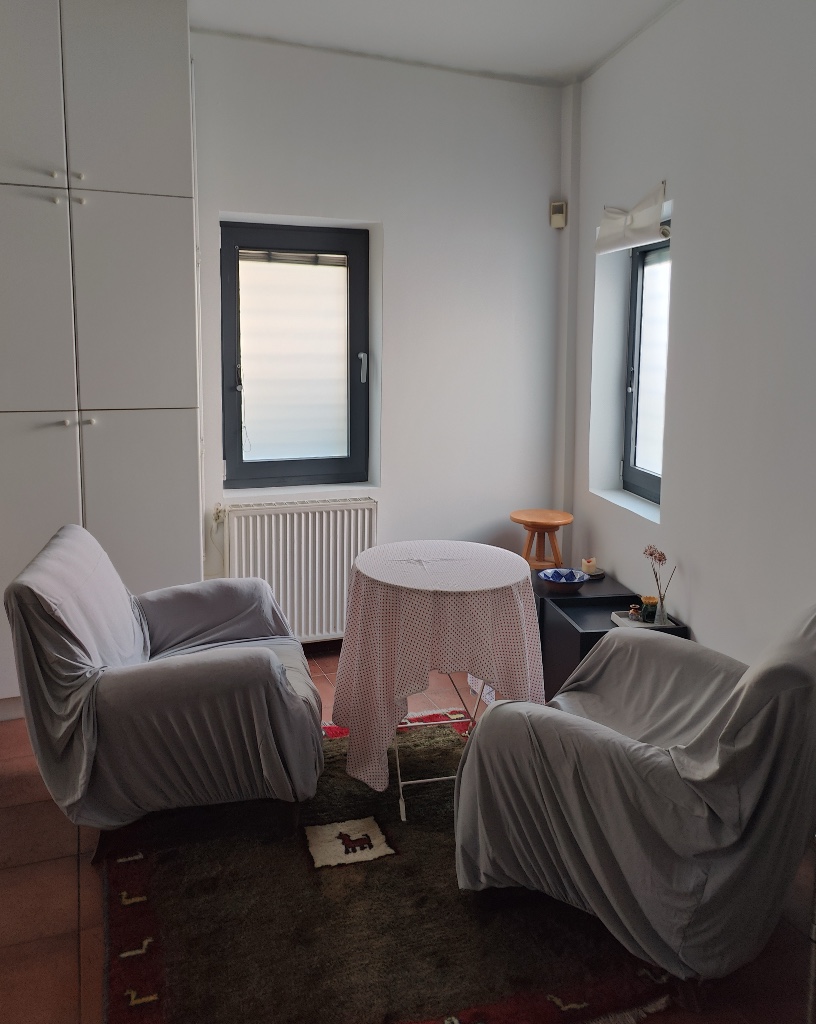
Our hosts parents met us to check us in to our new place, as he was on holiday for New Years and wasn’t going to be back until later on that night. He swung by the next evening to give us our belated welcome tour and introduce himself. we are staying in a cozy ground floor flat in Old Town on a steep incline half way up to the top of town. In true Greek fashion there are only two ways to go, either upwards or downwards. A lot of coastal European towns are built this way, which is great because it manages to keep us in shape. Every time I attempt to document the inclines, my substandard camera fails to accurately depict just how steep some are.
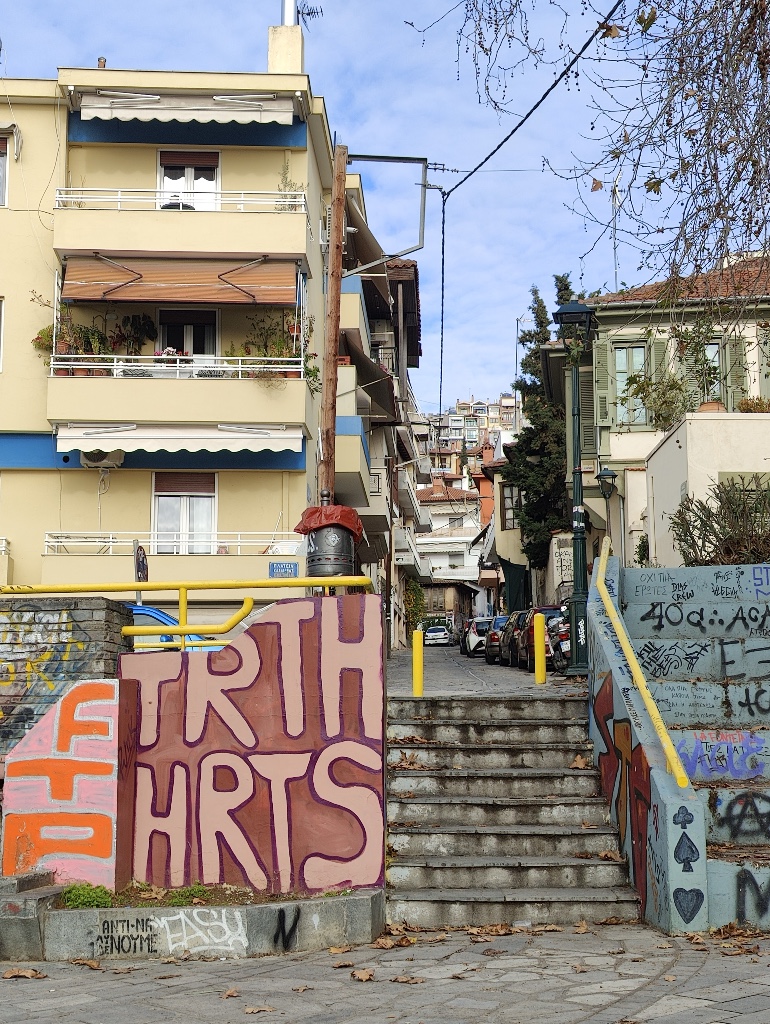
Our neighborhood is charming and relaxed, speckled with small markets, cafes and plenty of graffiti. Thessaloniki has a much more chill vibe than Athens, it is also a fraction of the size, which is nice when you spend most of your time walking. The city is a college town; the Aristotle University of Thessaloniki, American College of Thessaloniki and the University of Macedonia are all here which makes for a young and cool crowd. The Greeks have mastered street wear in a way unseen in our travels so far. There is such a variety of expressions through fashion, hair and makeup. Uniqueness and diversity of all kinds of styles reign here. The 90s are still alive, I see a lot of women rocking short shorts and black tights, typically paired with a trench or bomber jacket. There are a lot of goths, punks and metal heads around too, which feels familiar and welcoming.
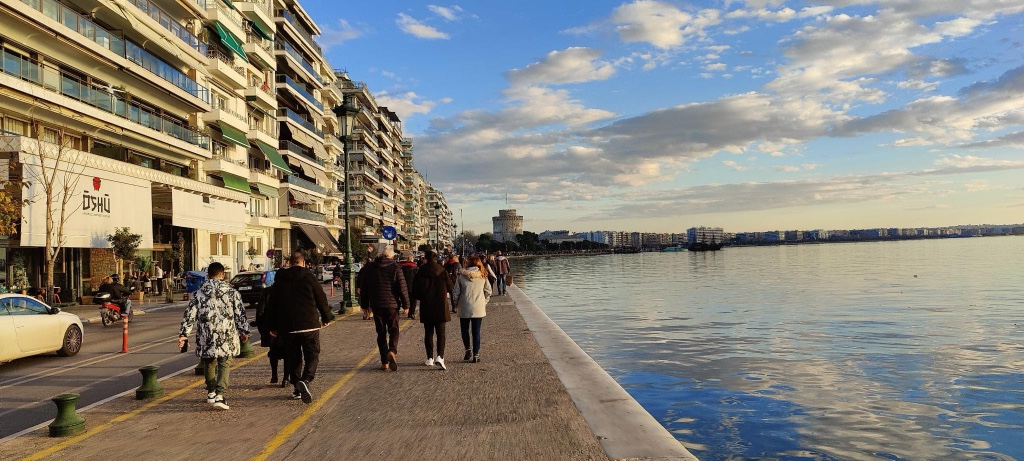
Our first full day was spent exploring our new city; snaking down through the zigzag streets to the waterfront takes less than a half hour. By the water is where most everything is in regards to shopping and eating out. The bazaar is also close by, which is something we have missed since our time in Tirana. Dozens of local vendors are selling fruits and vegetables, some shops specializing in herbs, honeys and mountain tea, a regional delicacy. Odds and ends, handmade wares and most anything you need can be found here. The bazaar is surrounded by family style restaurants serving local cuisine, most of which are open late night.
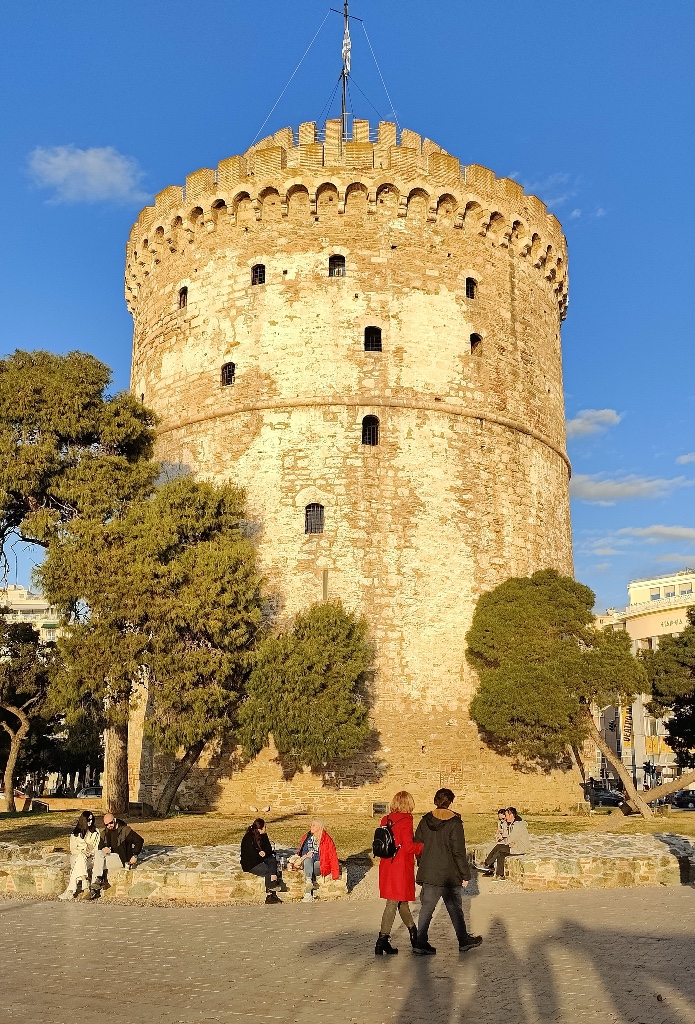
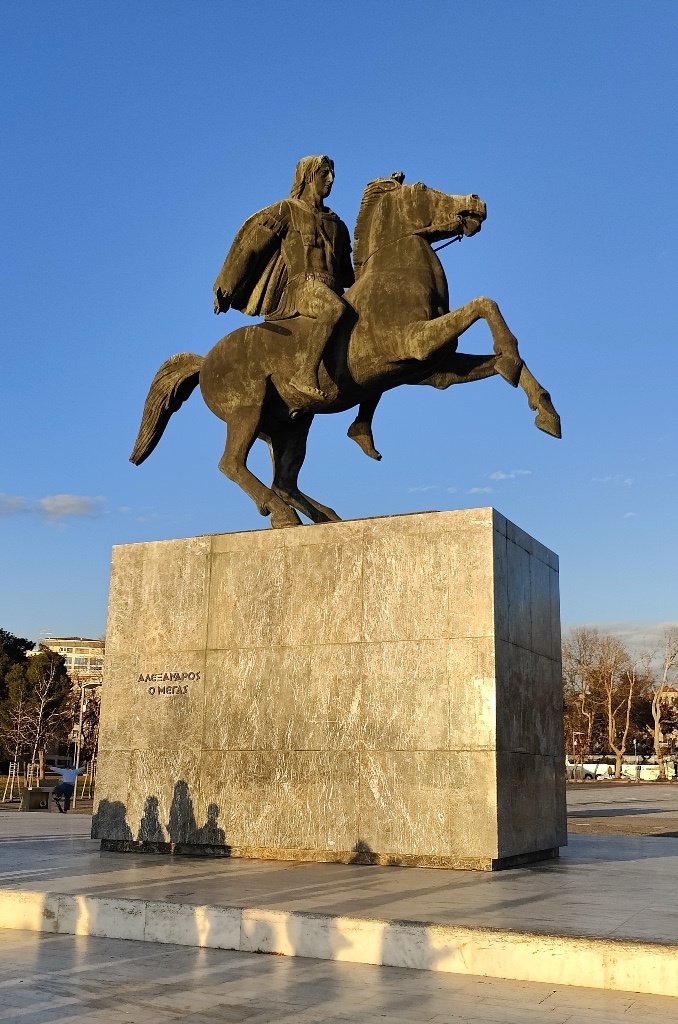
Walking along the waterfront, the White Tower comes into view. Its earliest mentions were in the 12th century, but it was reconstructed by the Ottomans in the 15th century during their rule. It became a prison and the stage of many mass executions, including the Janissaries who revolted during the reign of Mahmud II. In 1912 when the Greeks regained control of the city, the tower was remodeled and whitewashed. It is known to be the symbol of Thessaloniki. A few meters further along the promenade you are greeted with the imposing statue of Alexander the Great riding his faithful steed Bucephalus. Completed in 1973 by sculptor Evangelos Moustakas, it is the tallest sculpture in Greece reaching and impressive 6.15 meters in height. The monument is one of the most photographed in Thessaloniki; my favorite part of this particular picture is the kid in the background absolutely shredding it on his skateboard.
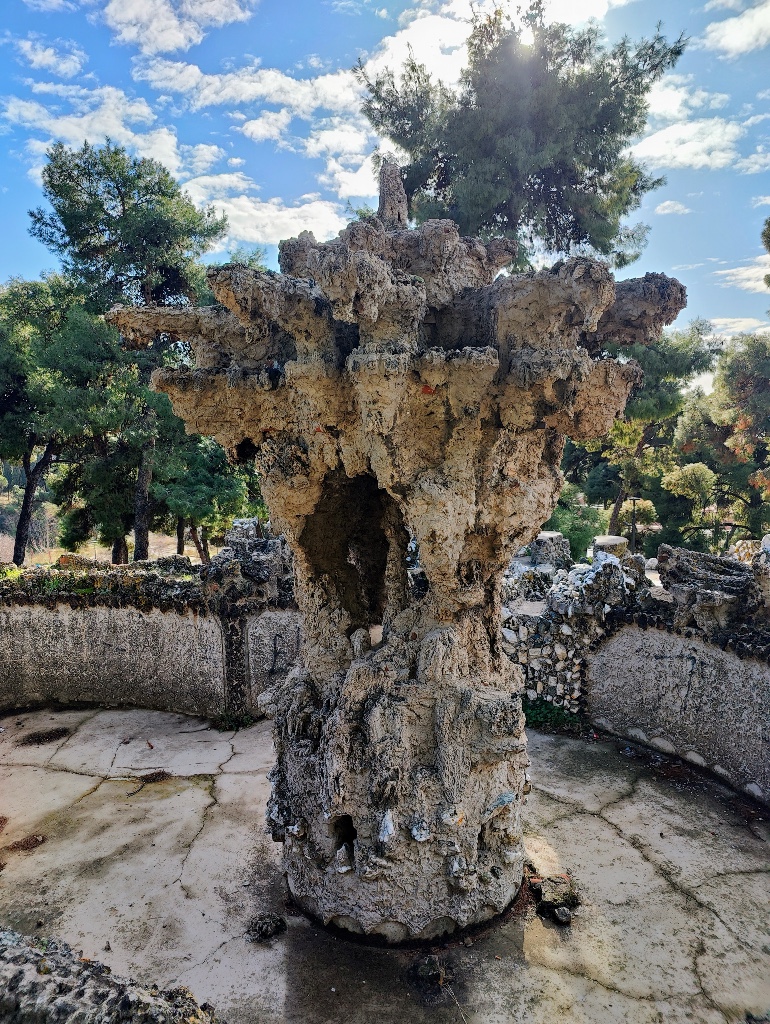
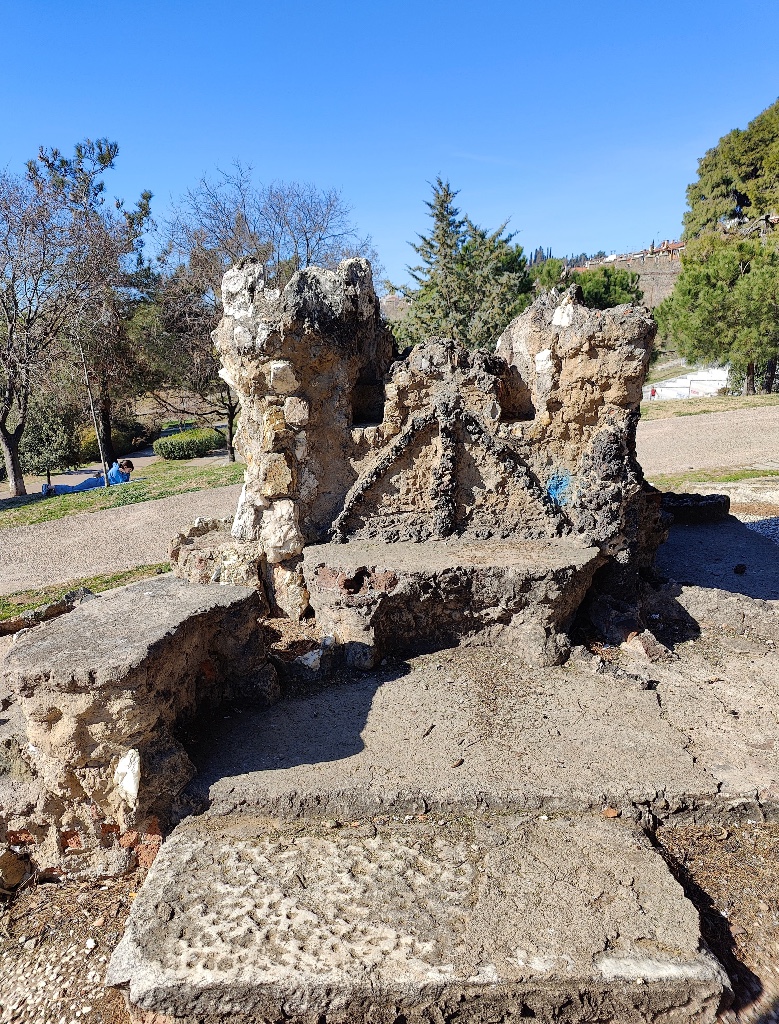
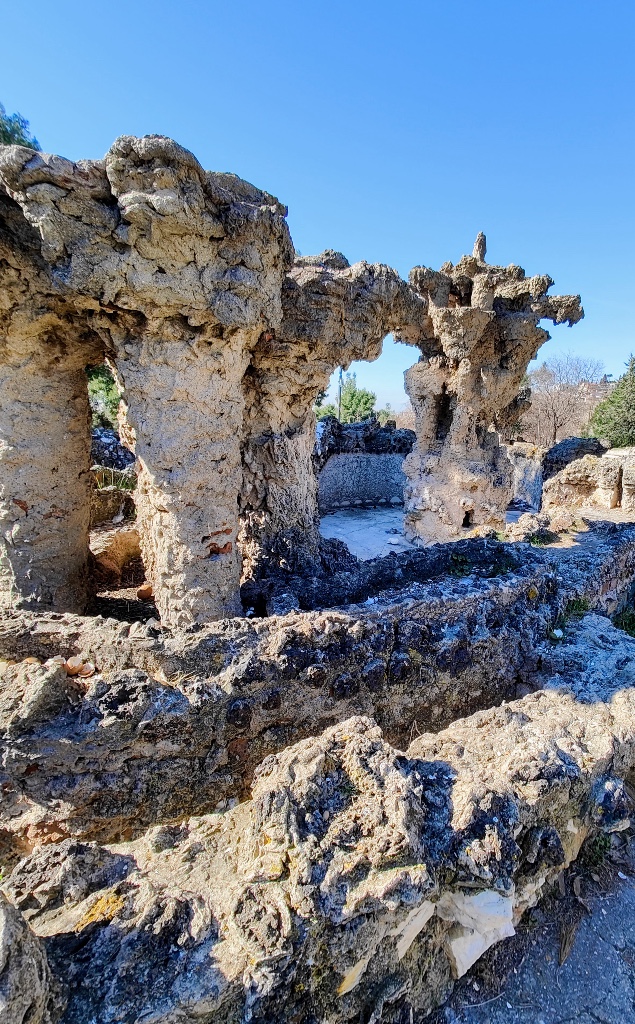
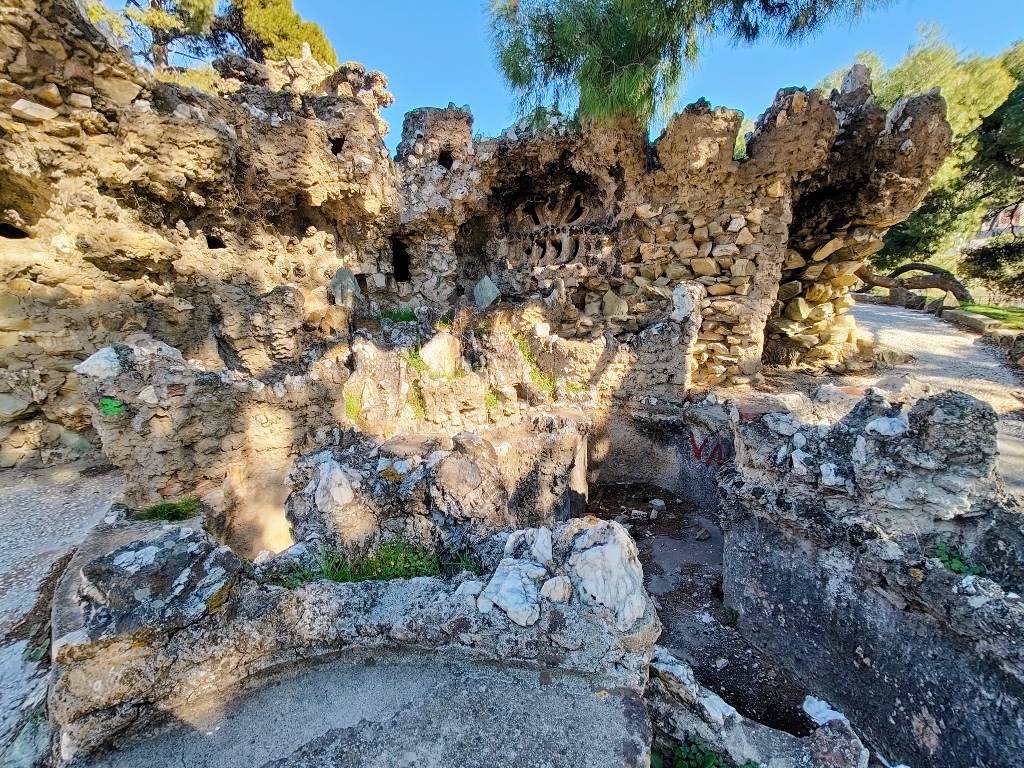
Pasha’s Gardens is right around the corner from where we are staying in Old Town. It is a peaceful and unique place to sit and take in the city. Throughout the park are Gaudi-like sculptures created in 1904 by an unknown artist in varying stages of decay. Allegedly, migrants that came to Thessaloniki in the early 20th century used part of the sculptures to build their houses. In the park there is also a cistern and a strange gate leading underground. Most curiously, there are mysterious shapes and symbols around the park, to this day no one knows exactly what they mean. The gardens are said to have a mystical energy, some speculate that it was an initiation site for the Ottoman freemasons, or possibly a gathering place for Muslim mystics. According to legend, the site was the relaxation space for Seifullah Pasha, Egypts first envoy to the United States, which is why they are referred to as Pasha’s Gardens today.
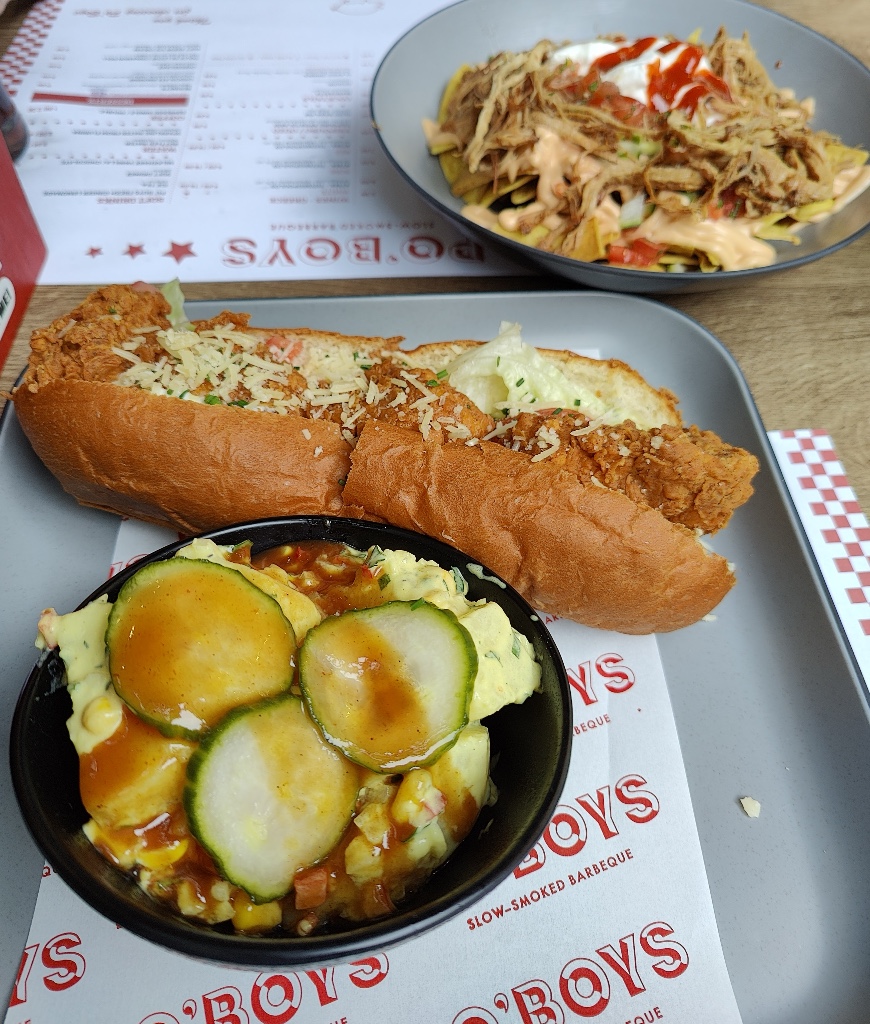
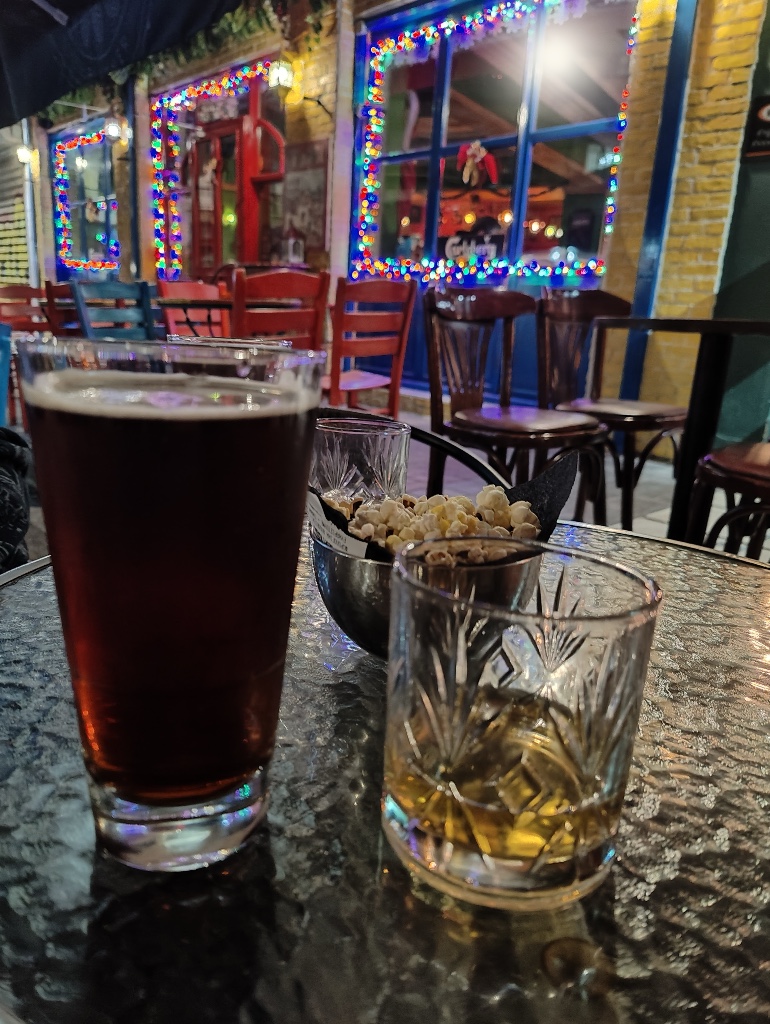
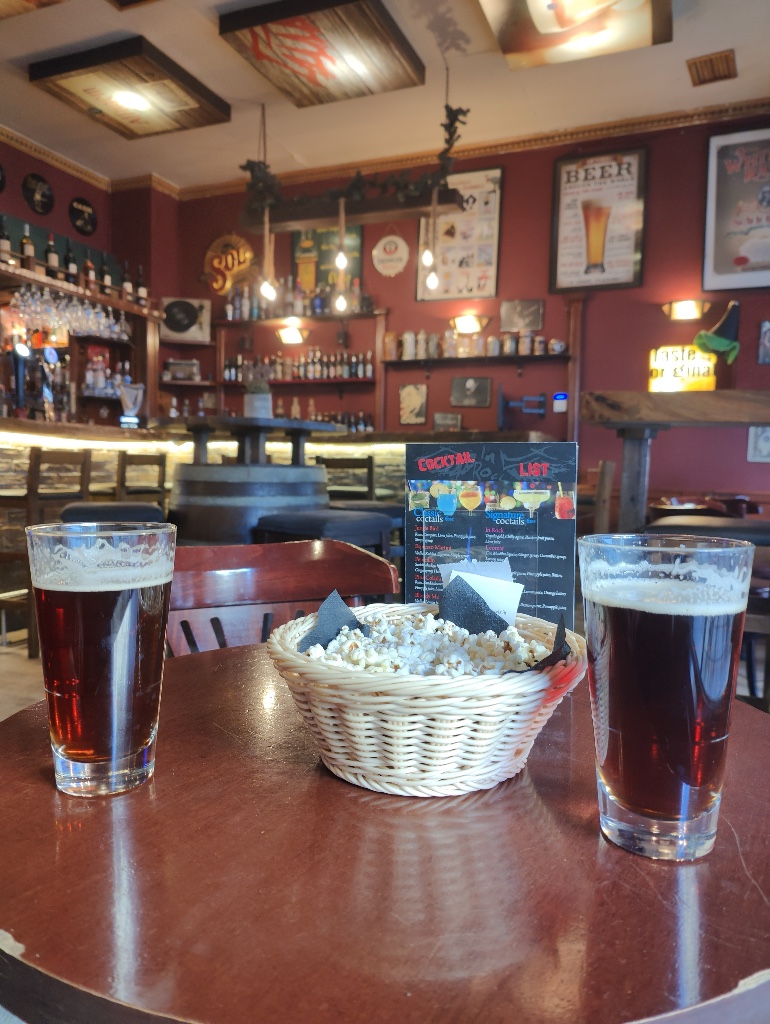
Excited to try our new food scene, we were checking out all the new places on the map, to our surprise PoBoys has a location in Thessaloniki too! This time we split a fried chicken poboy with pulled pork nachos, with a side of their amazing potato salad. It was quite different than the Athens version, including sweet corn and green onion, which made it so special in its own way. They also have Ikariotissa Red ale, one of the best we have found in the region. There is a lot more red ales and dark beer here fortunately. Enjoying searching for our new local, we came along In Rock Cafe, a cool hangout playing a wide variety of alternative American music with seating both in and outside. Our lovely server mentioned she had a special ale for the holidays that was available in her establishment only. It was a delicious carmel noted ale called Nymphe from Athenian Brewery. They also make a Nymphe lager that you can find most everywhere, including the grocery store. What I love about this beer the most is the story behind it. There is a myth that Thessaloniki, the half sister of Alexander the Great, was transformed into a mermaid when she threw away the immortal water that her brother had collected in order to secure his immortality. Since then she roams the seas and questions seamen about her brothers fate. The ale paired perfectly with a small pour of Cutty Sark, a light blended whisky that my dad used to enjoy. It has been a long time since I had seen some and it was his birthday, so it felt as if he was there with me. An unexpected and appreciated moment, a perfect synchronicity.
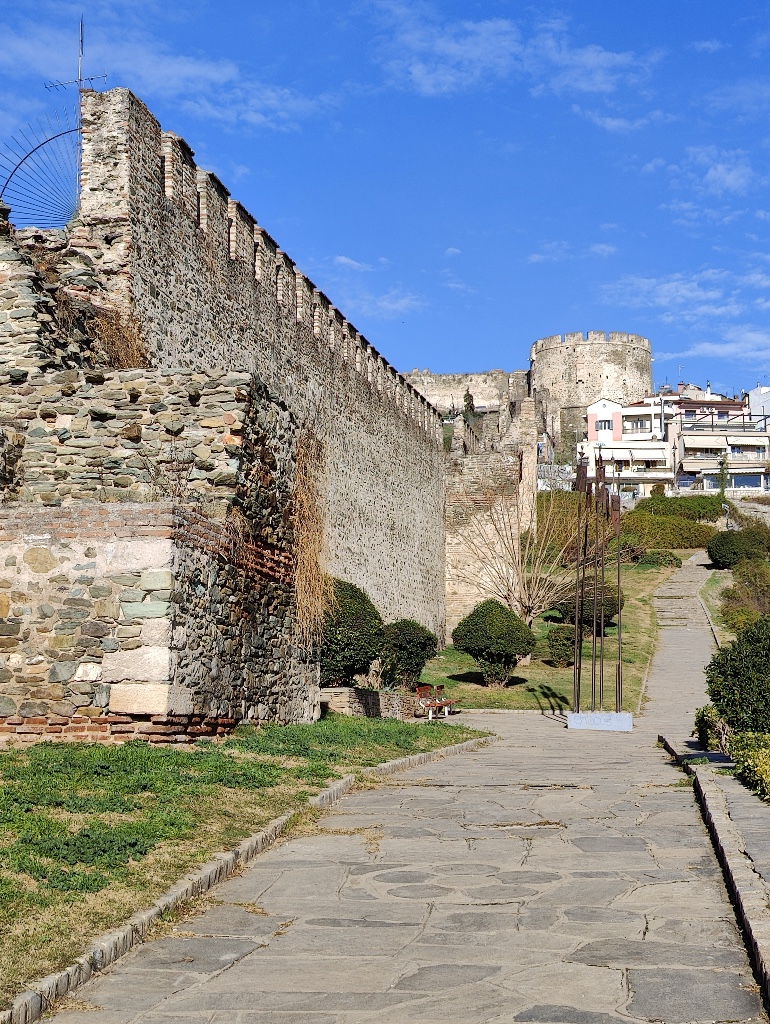
The Walls of Thessaloniki are 4km city walls built during the Middle Ages as early as fourth century BC. When they lay in ruins from the Roman conquest (167 BC) they were rebuilt in third century BC by Cassander to protect the city from the Goths. His wife, Thessalonike of Macedon is the reason the city got its name. The present walls date from the early Byzantine era (fourth to fifth century AD) and remained intact until the 15th century when large parts of the defenses were destroyed by the Ottomans during their invasion. They are made from Roman mixed construction of ashlar masonry and bands of brick. The walls were added to the UNESCO World Heritage List in 1988 for their outstanding architecture.
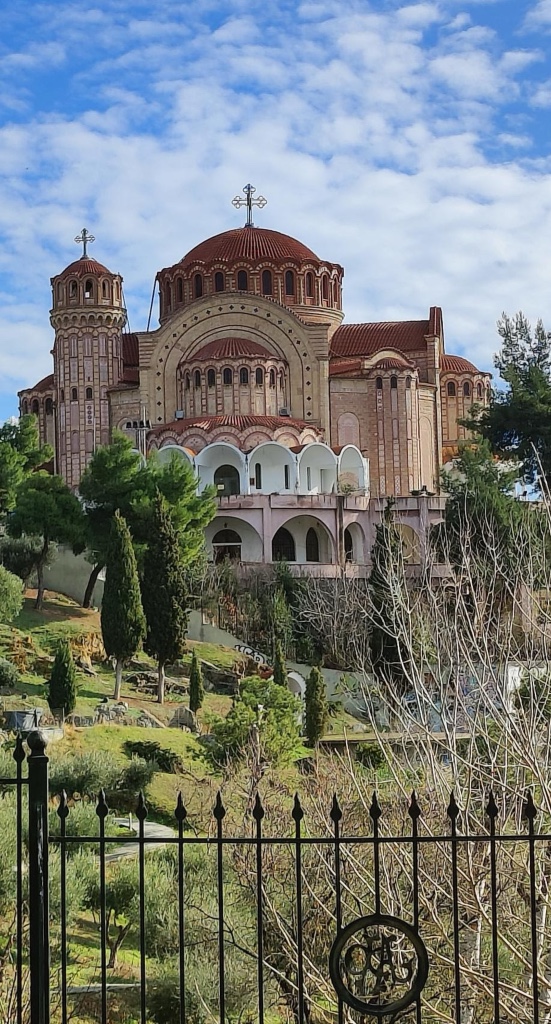
Sitting on the other side of Pasha’s Gardens towers the Church of St. Paul on the foothills of Kedrinos Hill. St. Paul and Silas traveled to Macedonia in 49 AD to spread the teachings of Jesus. This magnificent church was built on the site just above Apostle Paul’s Holy Water, a spring that St. Paul drank from when the residents of Thessaloniki helped him escape the walls of the city on his way to Veroia. It is a site of pilgrimage for believers of Christianity for centuries and remains one to this day. Thessaloniki has an incredibly diverse history, each day I am learning something new and inspiring about this amazing city.
